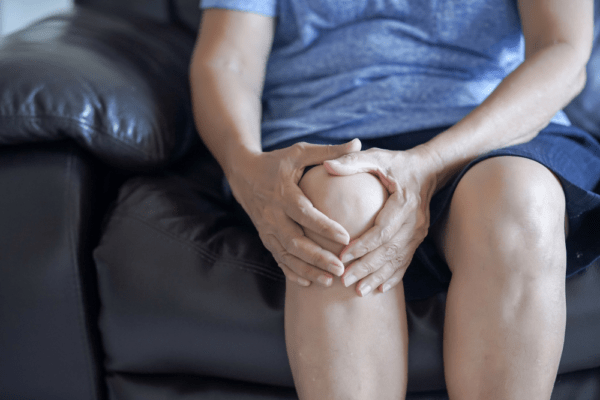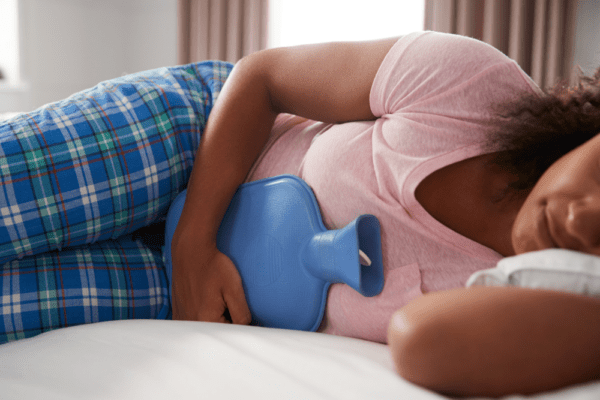First described in 1862 by a French medical student named Maurice Raynaud, Raynaud’s phenomenon or Raynaud syndrome is a medical condition wherein the blood vessels, usually in the fingers or toes, overreact to cold temperatures, reducing blood flow and causing the affected areas to turn white and blue.
The cold-induced spasms of the blood vessels give a sensation of numbness, tingling or throbbing. From white and blue, the fingertips turn blotchy red when blood flow is gradually restored, warming up the area again. While, it is normal for your hands and toes to get cold, the reaction is exaggerated in people with Raynaud’s. Doctors have observed that in people with Raynaud’s syndrome, the blood vessels or arteries shrink more and faster than usual. The condition is more common in people living in colder climates and can also affect areas like tips of the ears, nose and lips.
Symptoms of Raynaud’s Phenomenon
Doctors are not exactly sure of the causes behind the condition. Raynaud’s affects your blood circulation when you’re cold, stressed or anxious. During a Raynaud’s attack, apart from distinct change of color in fingers and toes, you can also experience:
- Pain in the areas
- Numbness, tingling or throbbing sensation
- Severe symptoms can include: fingers remain blue and purple
- Skin ulcers that form on the affected fingers and toes
Recognizing Raynaud’s Types
The Raynaud’s phenomenon or disorder can be classified into two types: Primary and Secondary.
Primary Raynaud’s: primary Raynaud typically occurs on its own and is the most common of the two. It is not associated with an underlying condition. Primary Raynaud’s can begin relatively early in life, between the ages of 15 and 30.
Secondary Raynaud’s: the second type of Raynaud’s tend to be more serious. Secondary Raynaud’s is often the first indicator of an underlying connective tissue or autoimmune disease, such as Lupus, Scleroderma or Sjӧgren’s. Secondary Raynaud’s has a later onset, usually starting after age 35 or 40. Without treatment, the secondary type can result in skin ulcers and even gangrene that require surgery.
How do you know which one do you have?
A doctor can recognize if you have primary or secondary Raynaud’s by using a drop of oil on the skin at the base of the fingernail and examining it under a microscope. The presence of enlarged or malformed capillaries in the area, the nail fold, indicate an underlying connective tissue disease.
The antinuclear antibody test and the erythrocyte sedimentation rate can help in diagnosing the underlying cause of Raynaud’s.
Living with Raynaud’s
There is no cure for Raynaud’s Phenomenon. But you can take preventive measures to reduce its severity. People who experience mild episodes of the syndrome may able to manage their symptoms by making alterations to their lifestyle habits.
- Keeping warm is very important. Invest in good quality pair of gloves, socks and thick hand or foot warmers.
- Layering clothes to create insulation, especially on arms and legs, also helps in preventing Raynaud’s attack.
- Increase physical activity to increase body temperature.
- Avoid any undue stress as it can act as a trigger. Practice breathing exercises and meditations to reduce stress.
- If you feel an episode coming on, soak your hands and feet in warm water.
Apart from these methods, there has been medical treatments also available for Raynaud’s disorder. Botox injections are seen an alternative treatment to Raynaud’s phenomenon/disorder.
Botox is a brand name of a toxin produced by the bacteria Clostridium botulinum. When this botox is injected into the hands and feet of the patient suffering from Raynaud’s, it works as decreasing blood vessels shrinkage which helps lessen the pain and symptoms and heal skin ulcers erupted due to the disorder. While, this method has shown to improve the condition in some people, there can be associated complications with this method. In some cases, the botox can spread into neighboring muscles in the hand, that can weaken hand’s strength. Although, this treatment is mostly safe and a relatively simple procedure, you should consult your doctor first to consider it as an option.
If your symptoms don’t appear to improve, even after taking measure, schedule yourself an appointment with a specialist at the earliest.




